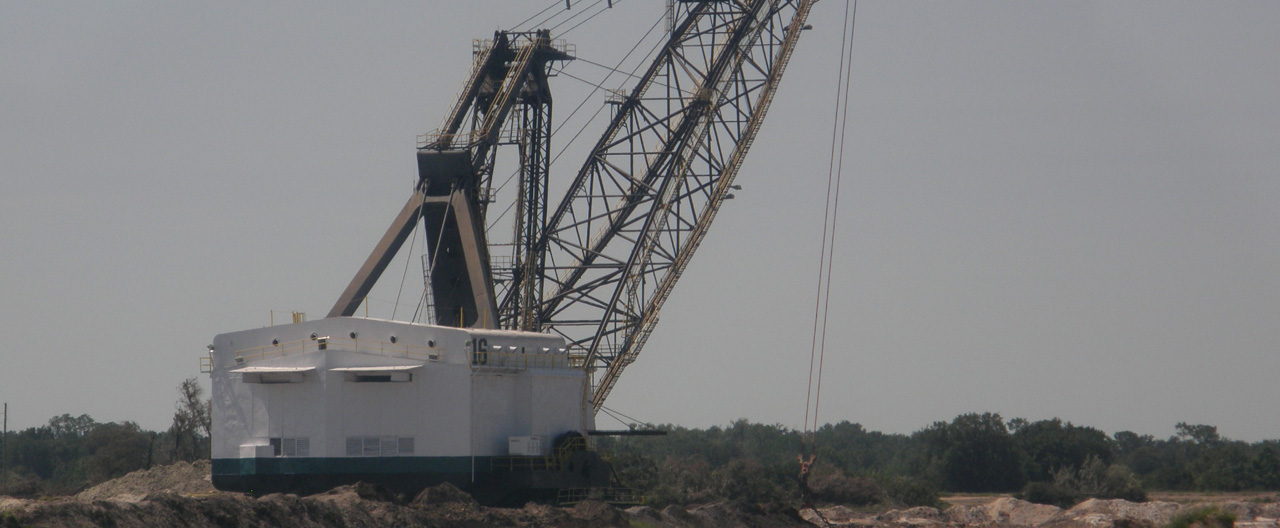Potential Phosphogypsum Uses
Phosphogypsum is a by-product of the chemical reaction called the “wet process,” whereby sulfuric acid is reacted with phosphate rock to produce the phosphoric acid needed for fertilizer production. There are approximately five tons of phosphogypsum produced for every ton of phosphoric acid produced.
Phosphogypsum, like natural gypsum, is calcium sulfate, a relatively innocuous material that is used to make things like wallboard. Phosphogypsum, however, is slightly more radioactive than natural gypsum. The radium that is found naturally associated with phosphate rock becomes associated with the phosphogypsum after the rock is reacted with sulfuric acid.
The U.S. EPA prohibits the use of phosphogypsum because of the radioactivity. An exception is made for phosphogypsum with an average concentration of less than 10 pCi/g radium which can be used as an agricultural amendment, but for no other use. Phosphogypsum in north Florida has 10 pCi/g radium. Central Florida phosphogypsum averages 26 pCi/g radium. For more information on the EPA ban see Phosphogypsum and the EPA Ban.
While phosphogypsum is stored in large piles called stacks that are prominent features of Florida’s landscape, research indicates there are many environmentally safe and economically feasible potential uses such as:
- a. A road base that is cheaper and as effective, if not more, as current road base
materials
b. An agricultural soil amendment which would provide much needed sulfur to the soil
c. A landfill cover to speed the degradation of waste and extend the life of a landfill
d. A material to make ceramic roofing tiles.
e. A material for marine substrate, such as oyster culch.
